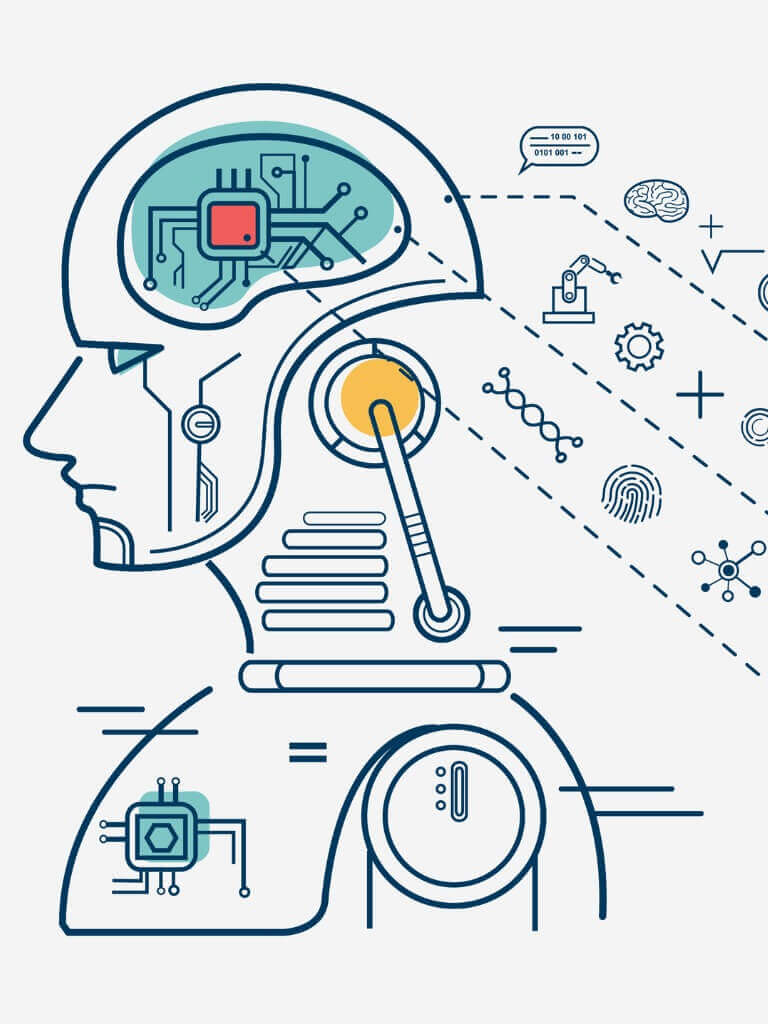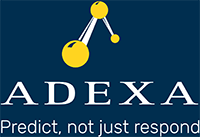Does Your Supply Chain Self-Optimize?
In recent years AI and machine learning have had a major impact on how we run our businesses. They have also influenced the way we make decisions in supply chain planning. As a result we are now in a position to have a supply chain planning system that may have enough intelligence to grow and change with the organization on its own! There are at least 3 methods by which this can happen, click to learn more: Self-Correcting, Self-Improving and Self-Optimizing.
Self-correcting focuses on correcting the underlying model of the supply chain. As a result many assumptions that we make about our supply chain and how it works may get examined by the system and corrections made accordingly. Examples are availability of equipment, supplier lead-times and yield factors. Self-Improving focuses on how to change policies such that we improve certain KPIs such as delivery performance or cost of operations. For example, what is the best level of safety inventory in different seasons and different regions based on past and future data (future data comes from SCP model). Finally, Self-Optimizing improves the very nature of the algorithms that are used to correct the problems. Thus instead of deploying the same procedures every time, we can learn from the past experiences and improve the way the algorithm works. An example of this is Tagged Search technique where the system leaves tags behind in the tree search in order to avoid going down the paths that may not result in the desired outcome. This will significantly improve the performance of the search and delivers more optimized results. For more information on these topics click Adexa Innovations.




